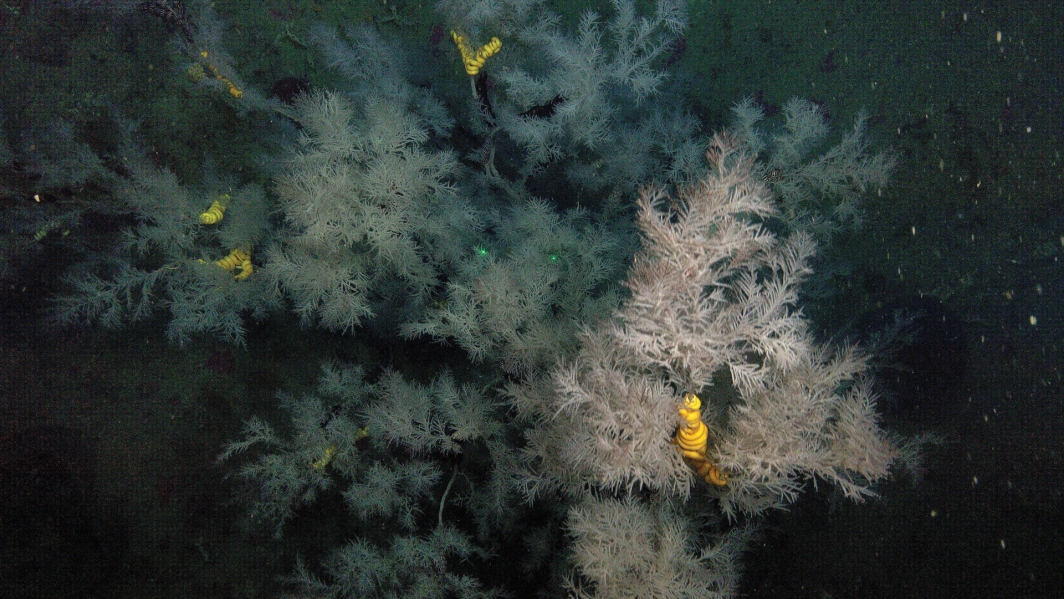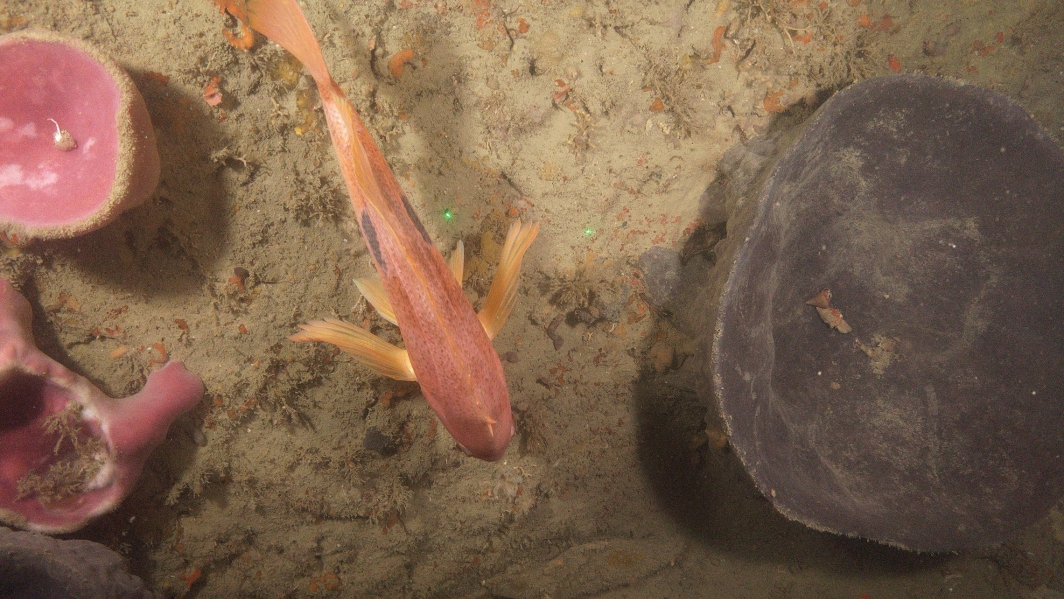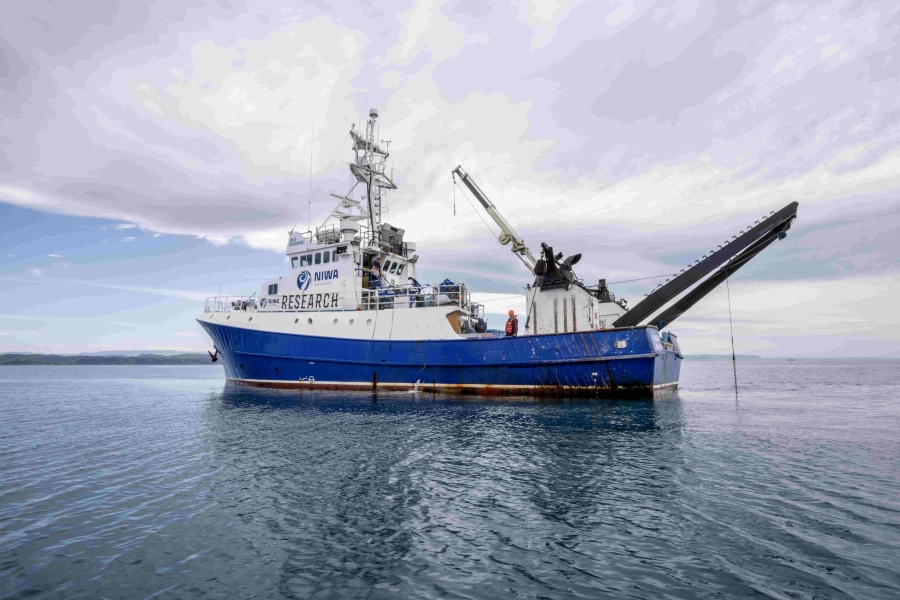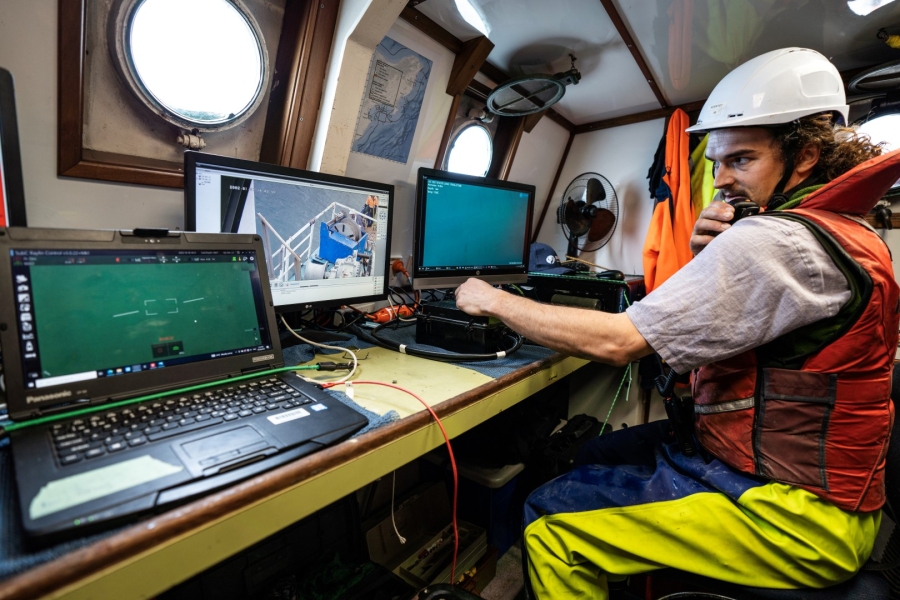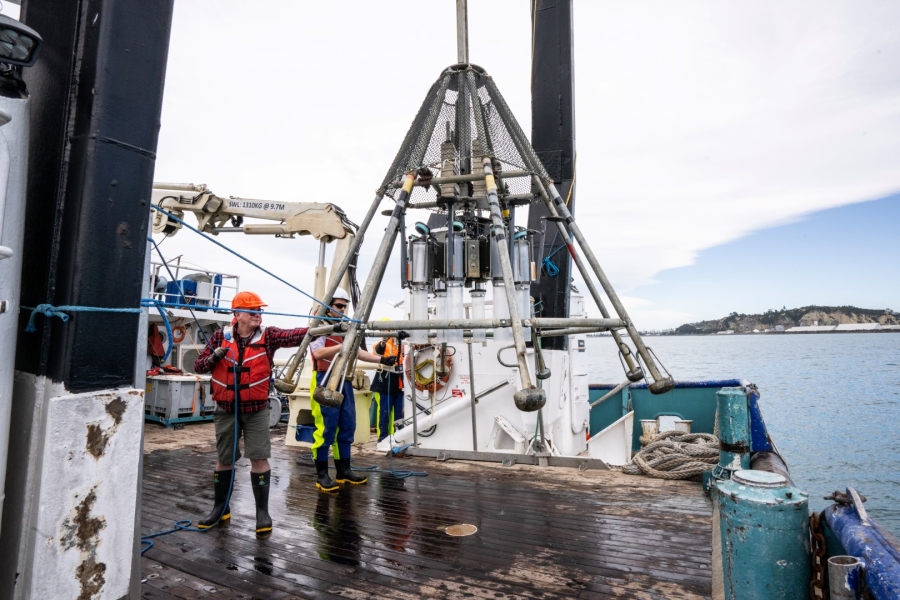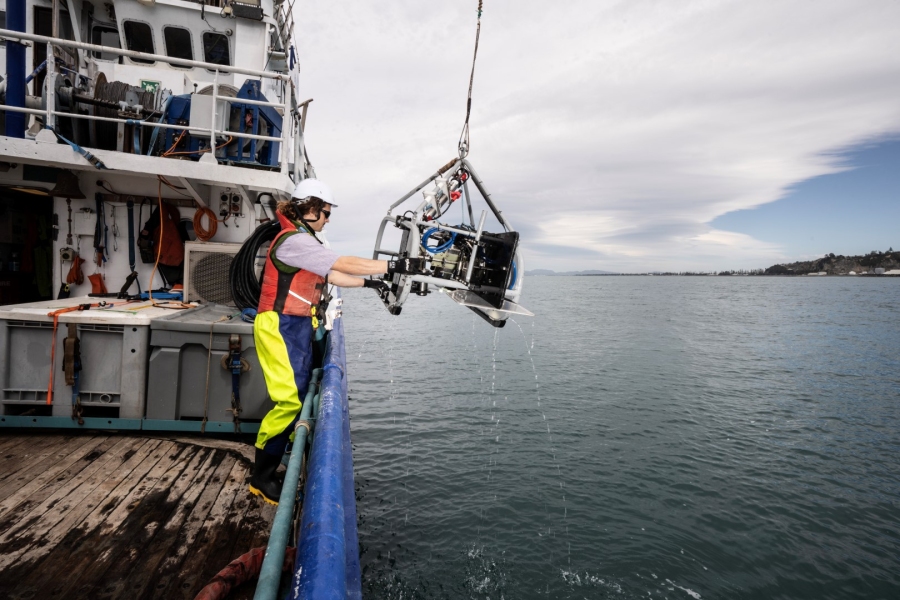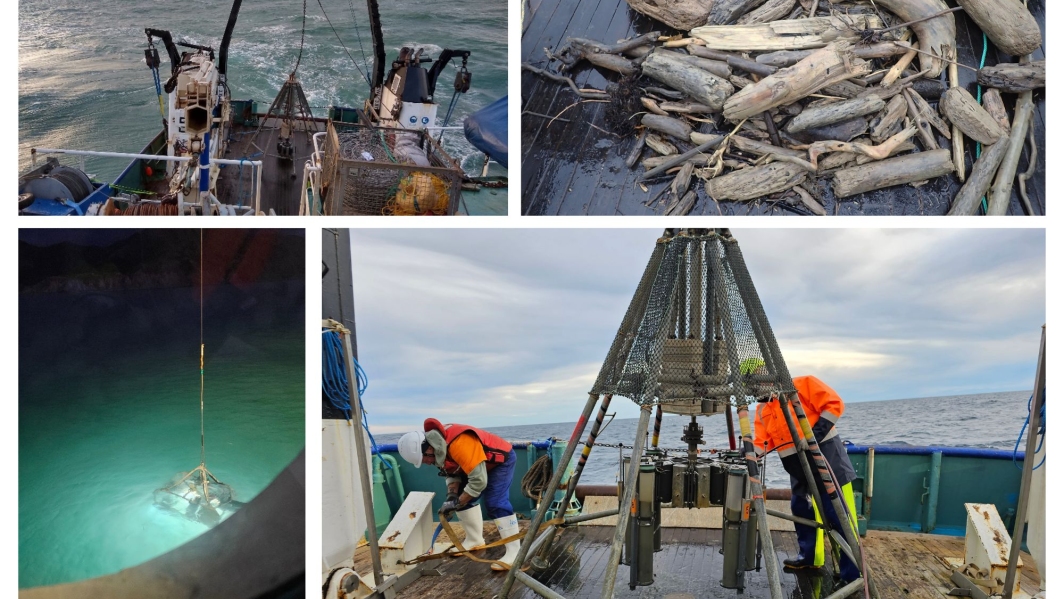Cyclone Gabrielle resulted in the transport of vast amounts of freshwater, sediment and debris to the marine environment of Te Matau-a-Māui/Hawkes Bay and Tairāwhiti/Gisborne regions. It is likely that this extreme event has significantly impacted marine life, especially on and around rocky reefs, but also in gravelly and muddy areas. NIWA teams have been focusing on the impacts on fisheries habitats, looking for evidence of sedimentation and potential ecosystem impacts.
Fisheries New Zealand commissioned NIWA to conduct this research and will use the information to help understand implications of the Cyclone for on local fisheries. The impact of the influx of sediment on these environments could extend along the length of Hawke’s Bay and Tairāwhiti, from the coast out into deeper waters on the continental shelf.
Three main tools were deployed: multibeam, towed camera, and a multicorer.
Two RV Kaharoa voyages (June and October) will focus on Multibeam (new and previously mapped areas), camera tows (impacts of sedimentation on fisheries habitats, e.g., smothering), and coring (sedimentation processes, infauna).
The team used this data over the coming months to produce:
- Seafloor model of disturbance impacts
- Hydrodynamic & sediment transport modelling, and satellite Image analysis
Hear more about this work below from Project Leader Daniel Leduc from this Ngā Kōrero: Extreme Weather & Ocean Warming webinar in November 2023.

